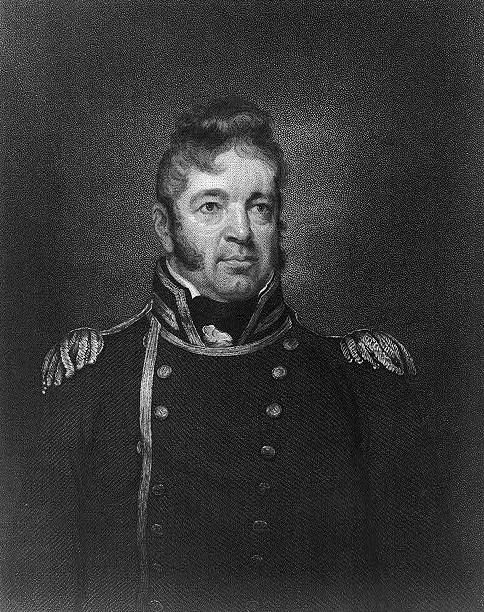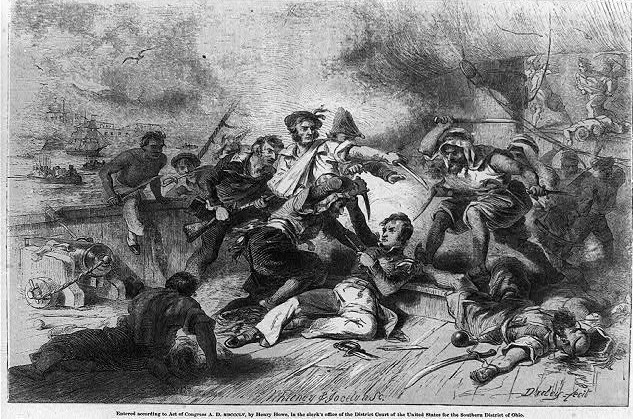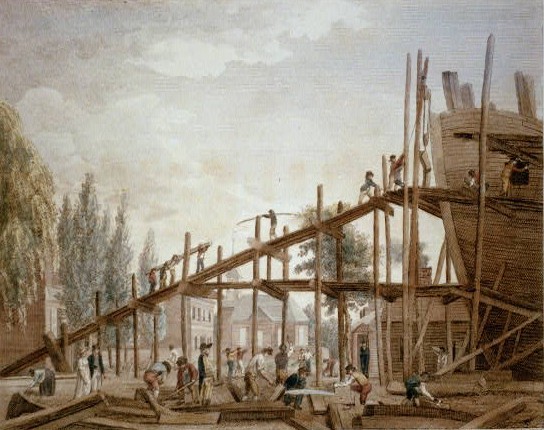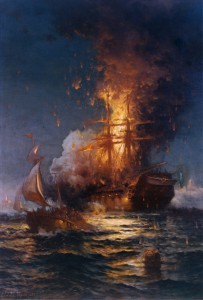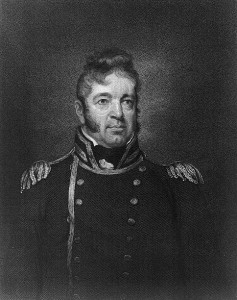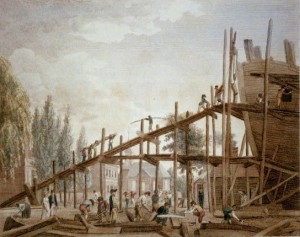Philadelphia (Warship)
Essay
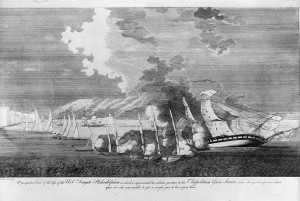
Inspired by patriotic fervor during the Quasi-War with France, the people of Philadelphia raised money in one week during June 1798 to build the USS Philadelphia to help increase American naval power to protect commerce. Completed in 1799, the Philadelphia served in both the West Indies and the Mediterranean Sea, where it was captured in the Barbary campaigns and then sunk by an American force in a valiant but unsuccessful effort to free the ship.
The impassioned atmosphere that led to construction of the Philadelphia followed the outbreak of war between France and Great Britain in 1793. Despite a declaration of neutrality by President George Washington (1732-99), the French government authorized seizure of American shipping. When United States efforts to negotiate peace failed, the U.S. and France entered a period of naval conflict known as the Quasi-War in which both sides seized merchant vessels and naval warships. The political temper in the United States became very tense as the Federalists whipped up hyperpatriotism against the French. Philadelphians joined a larger movement in American cities to construct ships for the United States Navy, and their fundraising campaign quickly raised the money needed for the USS Philadelphia. Josiah Fox (1763-1847) designed the ship and in 1798-99 Samuel Humphreys (1778-1846), Nathaniel Hutton, and John Delavue supervised construction.
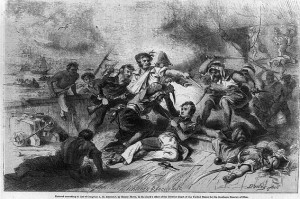
Philadelphia was then a preeminent commercial port in America and home to the federal government. As a shipbuilding center since before the American Revolution, the city served as a hub for the U.S. Navy. It contained shipbuilding facilities that not only constructed the USS Philadelphia but also the USS United States, one of the first three frigates built for the U.S. Navy.
Captain Stephen Decatur Sr. (1751-1808), a Philadelphian, received command when the USS Philadelphia was commissioned in 1800. The ship was then stationed in the West Indies, where it seized five French ships and recaptured six merchant vessels from the French.
The USS Philadelphia returned to Philadelphia in 1801, then participated in two tours in the Mediterranean to combat the Barbary corsairs, or pirates, from the North African states of Algiers, Tunis, Tripoli, and Morocco, who preyed on American and other ships. The USS Philadelphia cruised near Gibraltar and blockaded the coast of Tripoli. In 1803, with Captain William Bainbridge (1774-1833) of New Jersey in command, the USS Philadelphia recaptured an American warship from a Moroccan vessel and blockaded Tripoli. When the ship ran aground on an uncharted reef, Captain Bainbridge and the crew were taken captive. In February 1804, Stephen Decatur Jr. (1779-1820) led a dangerous mission to free the USS Philadelphia from Tripoli harbor, but ended up setting the ship on fire to prevent its use by the enemy.
The USS Philadelphia’s history highlights the importance of Philadelphia as a national commercial and military center where private citizens swiftly raised funds for its construction. The ship had a prominent role in the early actions of the U.S. Navy against France and the Barbary states. Stephen Decatur Jr.’s bold destruction of the ship in Tripoli harbor was memorable though unfortunate, described in a report to the United States Congress as “one of the brightest ornaments of our naval escutcheon.”
Nathaniel Conley is a doctoral student at the University of Arkansas whose research focuses on the border between Maryland and Pennsylvania with emphasis on the lower class and the border between slavery and freedom.
Copyright 2015, Rutgers University


